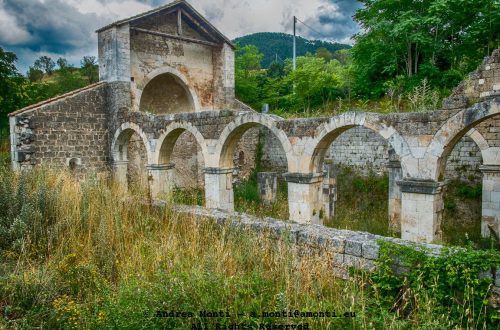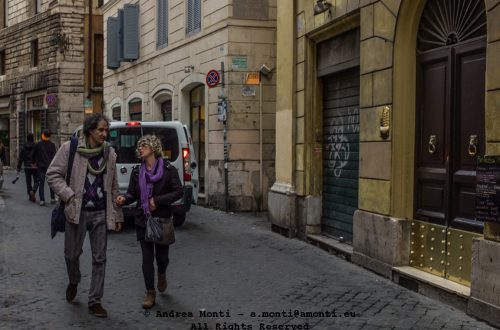
Why You Should Only Shoot in Your Backyard (or ‘The Art of Belonging’)
What do these pictures have in common (apart from having been taken in various places in Japan)? No, they don’t have the same look and feel, composition or use of light, nor they convey a particular meaning. What they have in common is that they’re just dull and boring —meaningless, indeed. This picture of the Yokohama’s Chinatown Dragon is hardly different than the others available on the Internet. Initially published on 35mmc.com
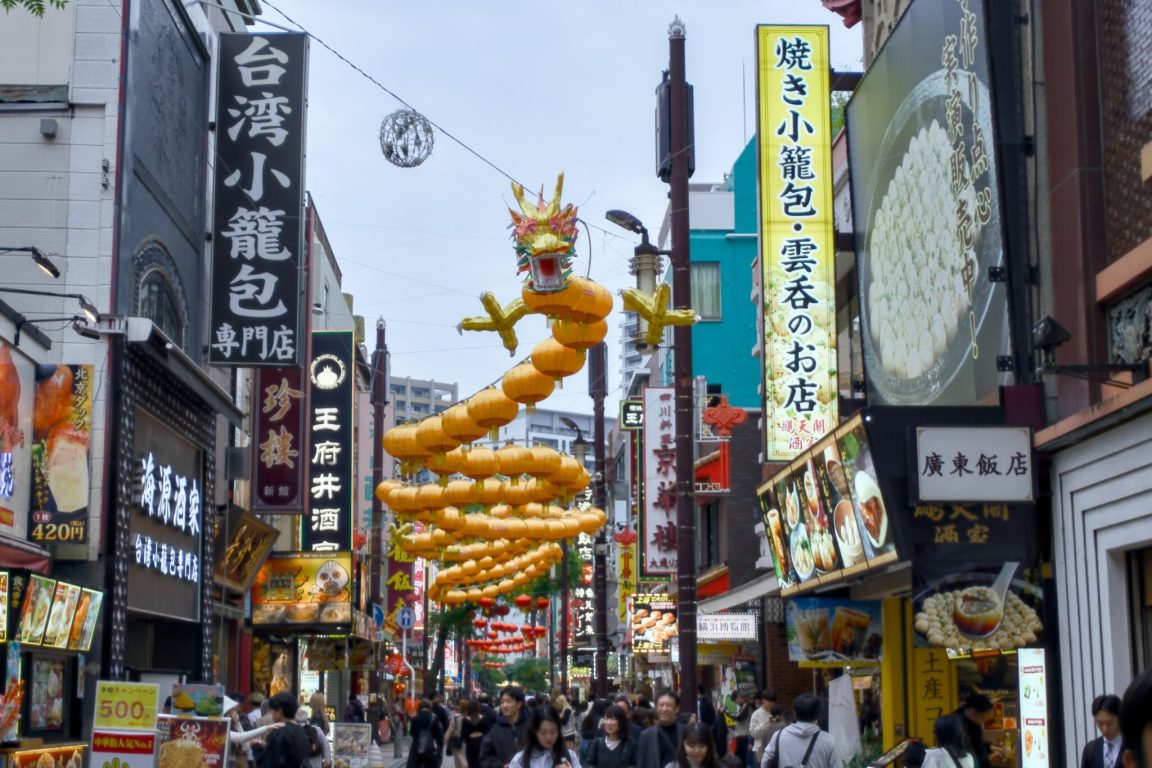
It shares a similar fate with this one, taken last Mid November in Osaka,
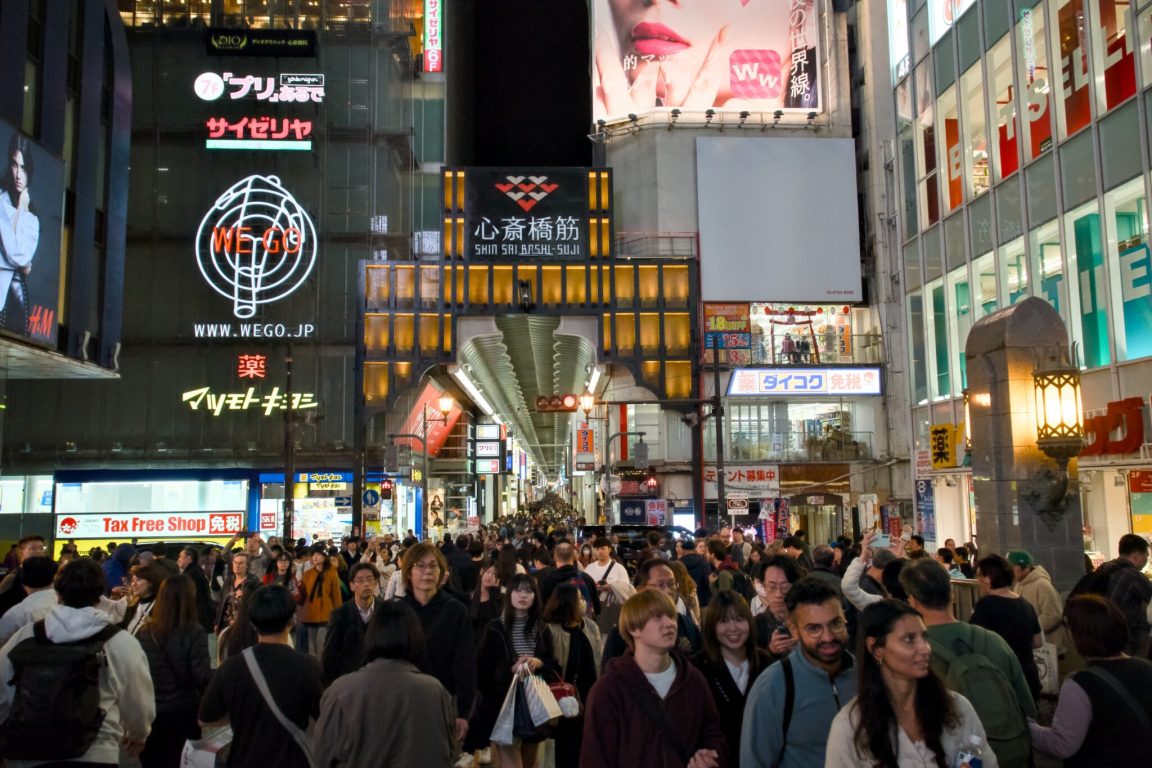
and, as Google Lens mercylessly shows, with this one, shot in Omura, near Nagasaki.
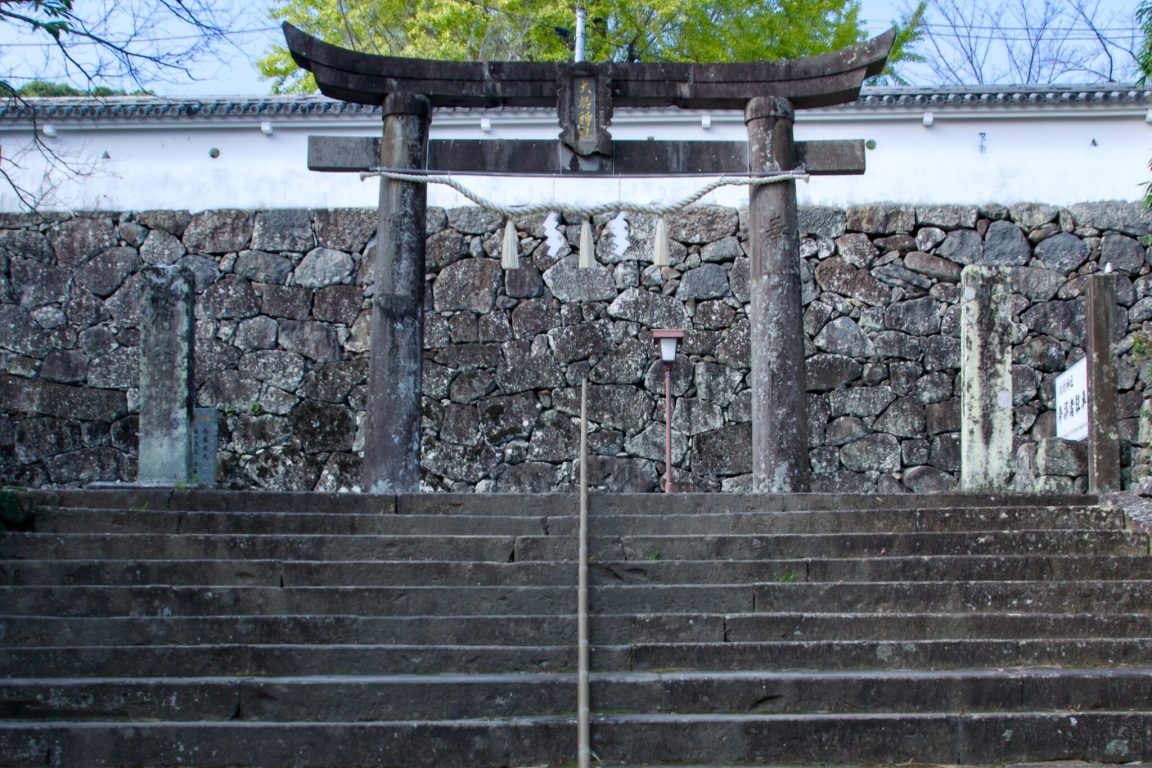
One can hardly say that this is a never-seen-before view of Tokyo’s Kyu-Shiba-rikyū Gardens,

or of the Seiko Tower and Mitsukoshi in Ginza
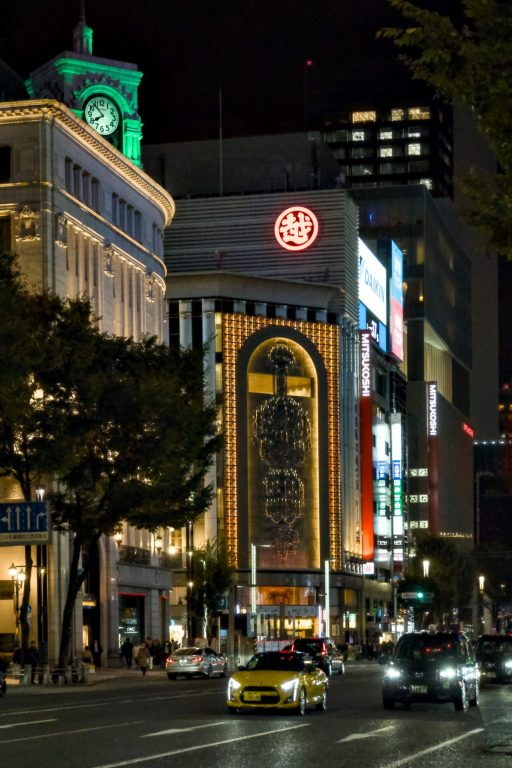
Well, I am sure that you got the point.
Now, let’s look at a few pictures I casually took in Rome. This one was taken during a high-security alert when the army was deployed to protect access to the Holy See.
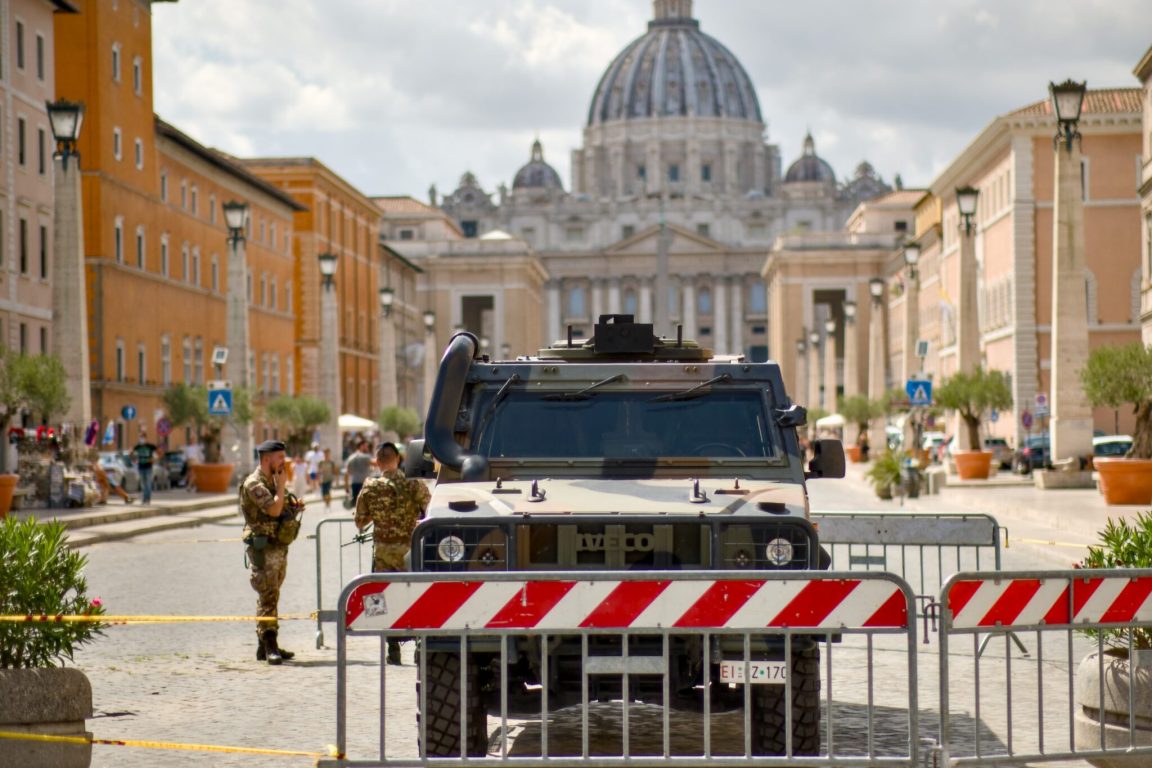
In this case, unlike the Japanese pictures, Google Lens found similar photos, but none that were almost identical to mine. The picture focuses on the fence, the military vehicle and the two combat-ready soldiers, with the blurred S. Peter’s Basilica in the background. This sends a clear message that the area is off-limits.
This one, which was taken in an antique restorer workshop via Collina, near Piazza Fiume is another example of a more meaningful photo. The master restorer is in stark contrast to the frenzied pace of the neighbourhood, taking his time to do his work. The calm, beautiful dog sleeping at the front door adds a peaceful touch to the otherwise hectic town.
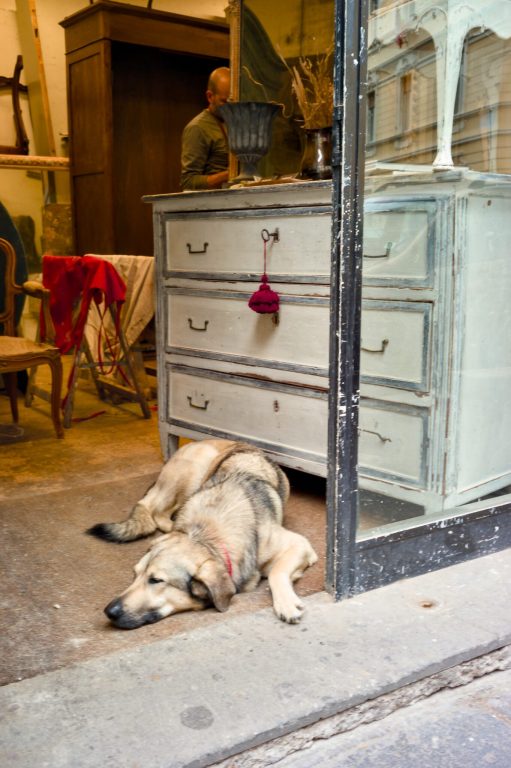
Regardless of the likeliness of the photos, the crucial difference between the two sets is that in the case of those taken in Japan I was a cultural stranger to the Country, while in the case of the Italian one I was in my backyard. In other words, I ‘knew’ what I was looking at.
I’m a big supporter of Bergson’s quote, ‘The eye sees what the mind is prepared to comprehend’. I’m not sure who first said it, but what matters is the message. I believe that being able to ‘see’ a photo requires what I call ‘belonging’ — to a place, to a group, to a culture. This is what makes the difference between a soulless stock photo-like picture and images that (want to) have meaning.
Not ‘belonging’ seriously hinders the possibility of taking meaningful pictures. Of course, by chance or because of a spray-and-pray shooting style is entirely possibile to get decent and also superbe shots. But the difference is in the capability of foreseing the results, rahter than discovering them back home, browsing through the memory card.
This is why one should only shoot in his own backyard: because the backyard is the only place where, by belonging, one can understand the meaning of what the eye sees. Or, to put it another way, if you make the world your backyard, you’ll be able to take pictures that are a true reflection of your vision, culture and aesthetics whenever you are.
I’m not that interested in gear, lenses and cameras anymore —I shoot with what comes at hand— however, for anyone who are, the pictures in Japan where taken with a Fuji X-T5 and a Fujnon XF 10-24/4, the one at the Holy See with a Fuji X-T3 and a Viltrox AF 56/1,4 XF, while the one taken at the restorer’s workshop was taken with a Leica M9 and a Zeiss ZM Biogon 35/2,8.


